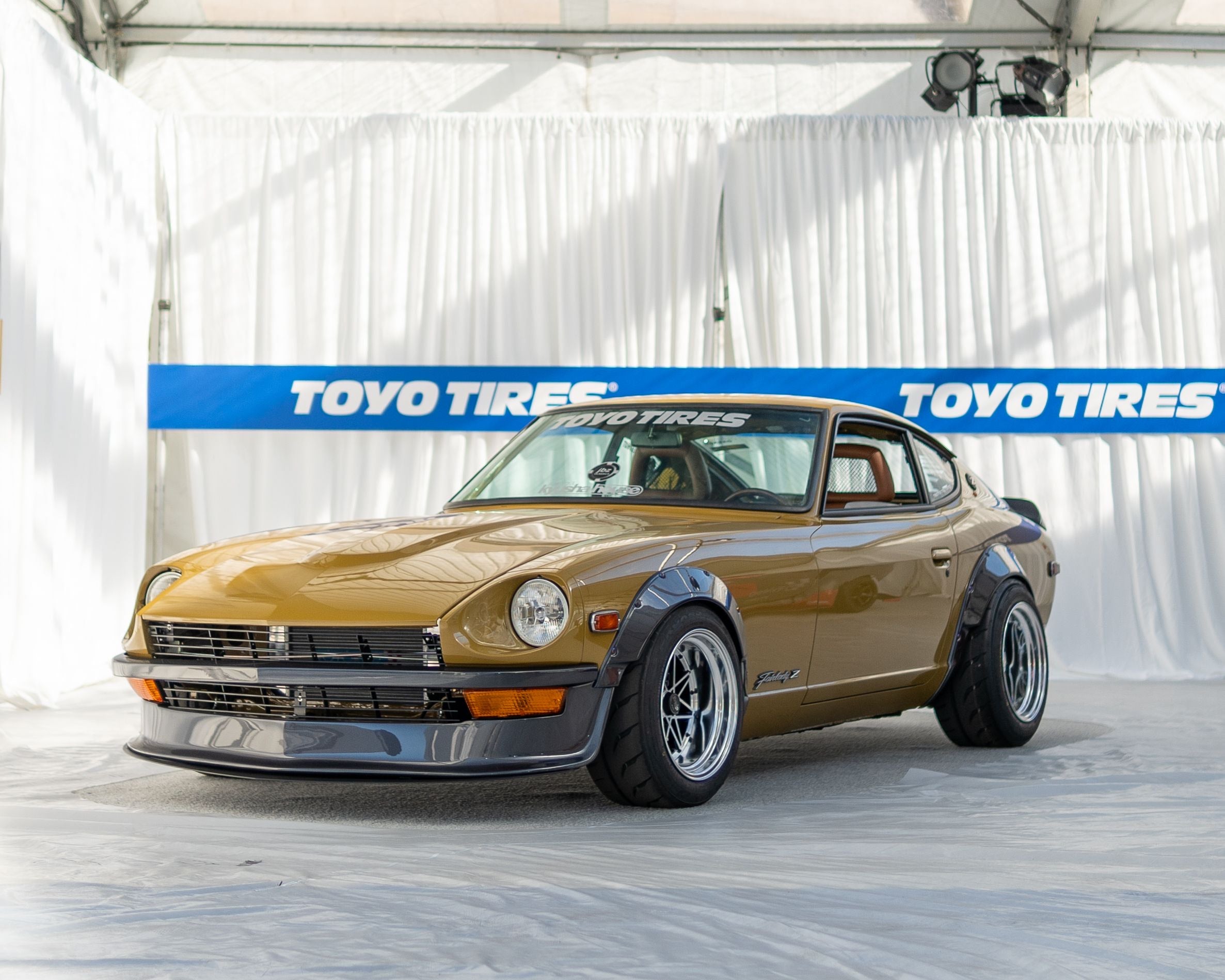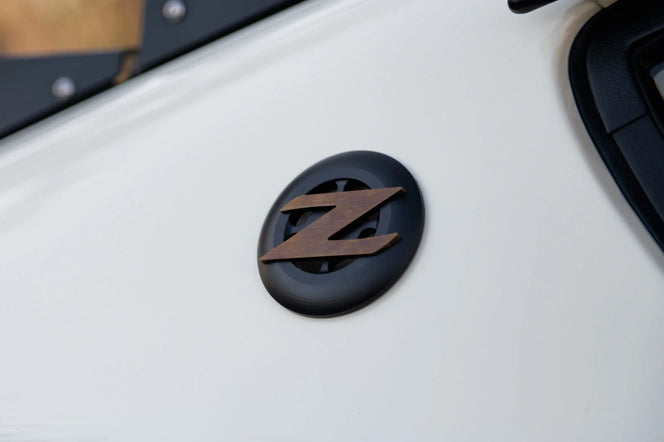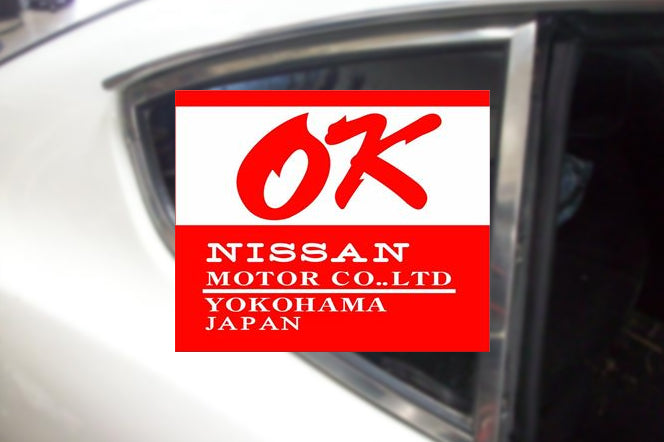If you've ever looked under your Datsun Z car and seen some rust, it might be time for you to think about servicing or even replacing the floor pans. Keeping your classic car in good shape makes it look sharp and also strengthens and preserves its value.
I remember the first time I saw rust under my car - it felt like a small stab in the heart! But addressing it early can really spare you headaches later. In this article, I will guide you through the very important steps to check, remove, and replace the floor pans in your Datsun Z. This guide was made to help both seasoned car enthusiasts and newcomers address rust before it becomes a big problem.
As we go on, I'll cover everything from finding damage to putting on the final touches. Once you split this job into smaller parts and chip away at it, as long as you're not in a big rush, it's easier than you might think - and very rewarding.
Disclaimer: This article is authored by a member of the Skillard community and reflects their personal views, not necessarily those of Skillard. We welcome your feedback and corrections in the comments to help us continually improve this content.
Table of Contents
What Should You Know Before Starting?
When I first decided to service and replace the floor pans on my Datsun Z Car, the initial research and preparation were important. The time I spent digging into the specifics of the model and year of my Datsun really paid off. Grabbing plans from forums and instructional videos helped with my confidence and also showed some difficult parts that standard manuals do not cover. If you're when you think about this project, I'd recommend learning as much as you can first. Also, having the right tools and parts ready is important, too. If you know what you need and the steps involved, everything will be much easier, and you'll run into less trouble.
When it comes to sourcing parts, I recommend that you choose high-quality reproduction body panels from reputable suppliers. It's really important to choose parts that fit well to avoid extra trouble during the installation.
 Image source: Klassic Fab
Image source: Klassic Fab
Also, maintaining the right temperature is important - working with the metal only when it's at least 65 degrees Fahrenheit will ensure better paint and primer adhesion, which is very important in cooler environments.
Moving on to the actual installation - that's when you really talk about the work. I began by closely cleaning and sanding the floor pan with an orbital sander and the correct grit sandpaper, which made a huge difference. After sanding, I applied an epoxy primer to create a solid base for the final paint. The fitting is where the challenge really begins. It means precise cutting - careful grinding, and careful welding. Employing tack and stitch welding techniques really helped keep everything aligned and make sure the structural integrity of the new floor pans. We'll talk about all of this here in greater detail in a bit.
I cannot stress enough the importance of being patient and paying close attention during this phase. Working in tight spaces under the car and handling the occasional rust patch will need a sharp eye and a steady hand. I always ensured to wear safety glasses, gloves, and a respirator, keeping my safety as much a job as the repair.
Lastly, tapping into the friendship and shared knowledge from Z-Car forums and communities, like Hybrid-Z and Ratsun, was seriously helpful. Posting updates, looking for advice, and even giving my tips when others faced difficulties felt like a great way to contribute to the community that helped me start.
Let's get started!
Look at the Damage
First, you need to inspect the old corroded floor pans. From my experience, you'll probably want to cut out the rusted out areas in most cases.
This basically means cutting out the rusted areas carefully to avoid damaging the surrounding parts - if the floor pans are bad enough, it makes sense to cut out the entire floor pans and replace them. Sometimes, it's just a bit of rust that needs to be treated with OSPHO.

At the same time, it's a good idea to inspect and repair other areas like the inner sills, dog legs, and rear arches - addressing these parts at once helps prevent later problems from rust or structural issues.
I once watched a very useful YouTube video titled "Replacing The DISASTER Floor Pan On This Classic Datsun." It was a turning point for me, as it showed me how to remove the damaged panel and how to make a new one. The video points to the importance of precise cuts and fittings to make sure they match the car's original design.
If you visit Ratsun Forums, you'll find people talking about the need to sometimes change new floor panels to make sure it's a perfect fit, especially for models like the 1977 280z. You might have to bend or trim the panels or make other important adjustments to align everything perfectly before you start welding.
The outcome is completely worth the effort. The car looks much better and now also has improved safety and structural strength. After replacing floor pans in a few Datsun Z cars, I've seen an important improvement in how sturdy the car feels, leading to better handling and ride quality. This improvement improves the car's appearance and also increases its potential resale value.
Remove the Old Floor Pans
You have an older car, and tackling the rust is really important, especially since it's usually the biggest problem with vintage cars. Especially when they have been stored in poor conditions or haven't received the care they need. You first need to look at the car closely to understand the severity of the rust damage. Knowing what you're facing, your next step should be to take out the seats, carpet, and any other things that block your access to the floor tub.
A little advice - keep all screws and brackets in an orderly fashion. This way will prevent headaches later when you put everything back together.

Removing the rusty parts without hurting the good areas might be hard. I find that a plasma cutter or angle grinder is really useful, but you have to use these tools carefully. When it's time to replace the chopped-off sections, I like OEM parts because they fit better and last longer, based on what I've seen for myself. But, you can also find OEM-style floor pans for the 240Z, 260Z, and 280Z.
Now it's time to install and weld the new floor tub. If welding isn't your strong suit, think about getting an expert to make sure the car's frame stays strong. Remember to put on some rust-proofing treatment to the new pan to stop future problems.
Putting the doors back on and hearing them close with a solid thump instead of a rattle is seriously satisfying. Sure, a solid floor pan can really help with both comfort and safety, which makes the effort well worth it.
Strip and Clean the Area for New Floor Pans
When I work on replacing floor pans in Datsun Z cars, I always start by getting everything ready. I grab all the tools - an angle grinder with cut-off and flap discs, pliers, vice grips, a hammer and dolly, and a screwdriver. Having all these tools at the ready helps the whole process go much smoother.
I start the first real step by cutting out the old floor pan just ahead of the front seat mount and work my way through the metal until most of the old floor pan is out. I make sure to leave the flanges - the parts spot-welded to the car's body - intact, which will need a steady hand and a sharp eye to avoid unwanted damage.
Next, I focus on the flanges with the pliers to roll them up and peel them away from the car's body. This usually will need extra strength, so I sometimes use a lever to help in twisting them off. If they become a bit misshapen, I straighten them with a few gentle taps from a hammer and dolly.

With the old floor pan removed, I start cleaning up any staying strips of metal from the body with a flap disc on a 115mm (4.5-inch) grinder, which is really important for the new floor pan to make sure it fits both smoothly and securely.
Fitting the new floor pan might just be the most satisfying part for me. I roughly position the new pan and temporarily secure it with tech screws, an important step to make sure everything is aligned perfectly before I start the final and most important step: welding.
Once I'm happy with the positioning, I permanently attach the new floor pan by welding it to the car's body. I take extra care during this phase, and I fill any screw holes with weld to achieve a smooth, solid mig spot-weld effect. I'll talk about this more in the next section.
Install the New Floor Pans
For positioning the new pan, I strategically use screws to temporarily hold it exactly where you want it - making sure of a tight fit to prevent any misalignment that might lead to rattling or other issues later. Once alignment is confirmed, the focus changes to welding.

You have a few options here, and this is where you're going to see the most variance in opinion. The method doesn't necessarily matter as much as the time you take and the quality of your welds:
- Some like tack welding, where you choose to either spot or stitch welds and carefully fill any holes to protect against leaks and rust.
- Others strongly recommend butt welding - it welds the new pan directly onto the structure and will make sure the repair is as sturdy as the original. You will need a reliable gas-shielded welder that can handle the job easily.
- But, if you're short on time, think about plug welding as an alternative. It's quicker because you're inserting small welds throughout the area, but be warned it might not be as tough as butt welding. While welding, I make it a point to take it easy. Short welds stop the metal from warping, which is important when you want to keep the correct shape of your car.
Letting the metal cool down between welds is really important - it's really important for making sure a perfect fit. Weld-through primer is something I recommend, too - it acts as an excellent protection against rust in hard-to-reach areas. At times I also use panel adhesive which strengthens the bond further and helps keep moisture out - helping stop rust from creating again.
Cleaning up after welding is important to the process. A quick cleaning with a wire brush or grinder gets rid of any residues and keeps the welds clean and cool. The last step is putting on a high-quality seam sealer that locks out moisture and protects against rust, which is important for keeping classic cars like the Datsun 280Z.
Safety is the priority here. I always wear protective gloves and eye gear, especially when cutting, grinding, or welding. Taking my time to check the fit before final welding is a useful trick that avoids future problems and saves time.
Once the floor pans are all installed, it's time to reinstall the seat mounts and other parts! Let's talk about that next.
Finish the Installation
As someone who loves Datsun cars, we're never really "finished" with restoring our beloved Z cars - but at least we'll be finished installing new floor pans!
At this moment, an easy project car evolves into a shining classic ready for the road. The focus now changes to improving the look and checking out those tiny but important details that take a restoration from good to outstanding.
I usually start by installing new interior parts. This process includes putting in the new carpet - installing either refurbished or brand-new seats - and making sure that both the dashboard and console are perfectly aligned and operational. Adding each trim piece or panel back into the car after the floor pans are replaced is really fulfilling as it brings the car closer to its finished showroom look.

Next, I proceed with the final assembly. This means attaching any exterior trim and making the needed adjustments to make sure everything fits perfectly. During this phase, I found a super helpful resource in a video about the 1973 Datsun 240Z Final Assembly. Watching each part, like the careful installation of the chrome trim, lighting, and bumpers, was inspiring - a good reminder to take your time and concentrate on the details instead of rushing to finish.
The final touches are important as well. Improving the lighting systems or adding performance parts like coil springs improves the car. I usually like a mix of restoration and modernization. It's great to help where the original engineering might have been lacking, and this strategy will make sure the car maintains its classic appearance with a hint of modern performance. Restoring these old beauties while adding some of today's technology adds even more excitement to the process.
Build Your Dream Car
We're nearing the end of our guide on how to service and replace floor tubs in Datsun Z cars. It's a decent amount of work, but it's also very rewarding to do. You might be wondering if all this sweat and effort were worth it. I would definitely say yes! Every turn of the wrench and every spark from the welder fixes a part of the car - also strengthening your bond with your classic vehicle.
Success in this job depends on your patience, care, and commitment to learning every step of the process. If you're experienced in car restorations or this is your first try, the obstacles you've overcome have likely taught you as much about persistence and problem-solving as they have about car restoration. Facing and embracing these somewhat scary challenges are what turn this effort into a labor of love: a kind of love evident in every smooth drive and polished finish.

Skillard should be your first-choice partner in this adventure. We are really committed to the Datsun enthusiast community, and our wide-ranging catalog of custom-designed parts proves this, such as our strong bumpers, sleek spoilers, functional aluminum door cards, and beautiful center consoles. We make each item with attention to detail to make sure they are both tough and beautiful. They make sure that every modification looks good and also improves performance.
Why go for ordinary when you can equip your classic Datsun with parts that now let your unique style reflect? If you are tackling rust, revamping the interior, or going for enhanced performance, Skillard's parts are designed to meet your specific needs and aspirations.
I'd recommend visiting Skillard.com to see our full range and start your project. The road is calling - equip yourself with the best to make sure your Z stands out from the rest!





